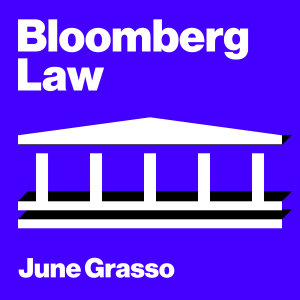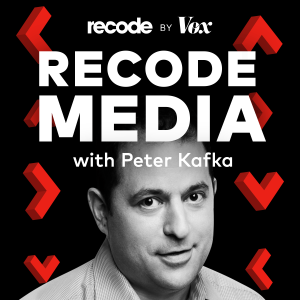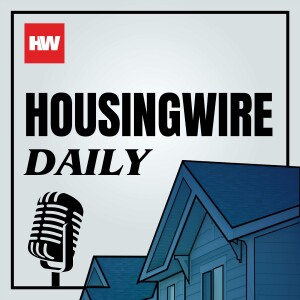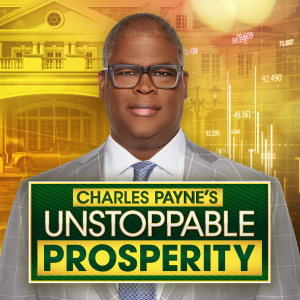

Consumer Finance Monitor
https://consumerfinancemonitor.libsyn.com/rssEpisode List

Loper Bright Enterprises One Year Later: The Practical Impact on Business, Consumers and Federal Agencies
Our podcast show being released today commemorates the one-year anniversary of the U.S. Supreme Court’s opinion in Loper Bright Enterprises - the opinion in which the Court overturned the Chevron Deference Doctrine. The Chevron Deference Doctrine stems from the Supreme Court's 1984 decision in Chevron v. Natural Resources Defense Council. The decision basically held that if federal legislation is ambiguous the courts must defer to the regulatory agency's interpretation if the regulation is reasonable. My primary goal was to identify a person who would be universally considered one of the country’s leading experts on administrative law and, specifically the Chevron Deference Doctrine and how the courts have applied the Roper opinion. I was very fortunate to recruit Cary Coglianese, Edward B. Shils Professor of Law at Penn Law School and Director of the Penn Program on Regulation. In this episode we explore two of his recent and widely discussed papers, titled “Loper Bright’s Disingenuity” and “The Great Unsettling: Administrative Governance After Loper Bright” Here are the questions that we discussed with Professor Coglianese: Let’s start at the beginning. What is the Chevron case all about? How did the Court in Loper Bright explain why it was overruling Chevron? You have a new article coming out later this year in the University of Pennsylvania Law Review called “Loper Bright’s Disingenuity,” co-authored with David Froomkin of the University of Houston. What do you and Professor Froomkin mean by the title of your article? In your article, you critique what you call the Court’s “facile formalism.” What do you mean by that? You also criticize the way the Court based its decision in Loper Bright on the Administrative Procedure Act or APA. What exactly was problematic about the Court’s APA analysis? Let’s shift gears from your analysis of the logic of the Loper Bright opinion to talk about what the decision’s effects have been so far and what its effects ultimately might be on the future of administrative government in the United States. You have another article on Loper Bright that was recently published in the Administrative Law Review and coauthored with Dan Walters of Texas A&M Law School. It has another provocative title: “The Great Unsettling: Administrative Governance After Loper Bright.” What do you mean by the “Great Unsettling”? Although you say that it is hard to predict exactly what impact Loper Bright will have on the future of administrative government, you also acknowledge that the decision has created a “symbolic shock” and is likely to “punctuate the equilibrium of the administrative governance game as we have come to know it.” Can we see any effects so far in terms of how Loper Bright is affecting court decisions? For example, let’s start with the Supreme Court itself. Has it had anything more to say about Loper Bright in decisions it’s handed down this past year? If we look at the lower courts, what can we discern about how Loper Bright has been received in federal district courts or courts of appeals? Are there any trends that can be observed? I’d like to bring things full circle by raising a metaphor you and Professor Walters use in your article, “The Great Unsettling.” You say there that the Loper Bright “decision might best be thought of as something of a Rorschach test inside a crystal ball.” What do you mean? Can you tell us what you see inside your crystal ball? Alan Kaplinsky, the founder and former chair and now Senior Counsel of the Consumer Financial Services Group hosted the podcast show.

The Hidden Costs of Financial Services: Consumer Complaints and Financial Restitution
We are releasing today a very interesting podcast show which is also breaking news. Before I read an article by Professor Charlotte Haendler of Southern Methodist University and Professor Rawley Z. Heimer of Arizona State University titled “The Hidden Costs of Financial Services: Consumer Complaints and Financial Restitution,” I never knew that the CFPB authorized outside third-parties access to non-public data collected about consumer complaints that it received so that those third-parties could conduct studies. Professors Haendler and Heimer used that data to determine the demographics of complainants who received the most restitution versus the demographics of those who received no or little restitution. The study they conducted is described in the abstract of the article which is available here on SSRN: Financial disputes are a widespread but understudied feature of consumer financial markets. Using confidential data from the Consumer Financial Protection Bureau (CFPB), we analyze nearly two million consumer complaints filed since 2014, which have led to an average payout of $1,470 per successful complaint. The volume of complaints and total restitution have increased substantially over time, suggesting significant scope for additional compensation. When understanding who secures restitution—and why—we find little evidence that differences across firms systematically drive restitution outcomes. Instead, product complexity and consumer engagement play key roles—consumers with higher income and education (high-SES) are more likely to explicitly request refunds, claim fraud, and submit supporting documentation, making firms more responsive. Leveraging previously unexamined CFPB monitoring reviews, where the agency systematically screens company responses and issues confidential reports highlighting deficiencies, we show that regulatory scrutiny increases restitution but disproportionately benefits high-SES consumers, reinforcing individual-specific mechanisms. Our results highlight the complementary nature of regulatory interventions and suggest that financial sophistication and self-advocacy are critical determinants of consumer redress. During the webinar, the Professors answered the following questions: 1. Why did you conduct an in-depth CFPB consumer complaints study in the first place? 2. Why did you basically use the CFPB complaint data as a proxy for consumer disputes in the entire industry? 3. In your paper you mostly focus on the likelihood of a complaint resulting in financial restitution (i.e., some sort of monetary relief for the troubles endured). The title of your paper is “The hidden costs of financial services: consumer complaints and financial restitution”. First of all, what do you mean by hidden costs? 4. Was the confidential data you received from the CFPB essential in better understanding the mechanisms behind the resolution of these consumer disputes? 5. Did you find differences in complaint outcomes depending on the type of product involved? 6. Is there a lot of variation across companies in the likelihood to award financial restitution to a complainant? 7. Is the likelihood of a complainant receiving restitution more about the complexity of the product and potentially how the consumer relates to it than about there being some rogue companies? 8. Do certain consumer characteristics—like income, education, and even racial and ethnic background—correlate with greater likelihood of financial restitution. 9. How do consumer characteristics end up influencing the likelihood of restitution? 10. Does oversight from the CFPB change how firms handle disputes and award financial restitution? 11. What should regulators, firms, and consumers take away from this research? This is how they answered that question: (a) It is critical to recognize that the capabilities to navigate the dispute process aren’t equal across consumers. (b) For regulators, we see that scrutiny and nudging alone do not substitute for consumer engagement. Hence the challenge is to design systems that help level the playing field, perhaps by educating the consumer more, or by flagging poorly-articulated but potentially valid complaints for extra review and documentation. (c) For companies, this study highlights the negotiating power of the consumer in disputes, and how this negotiating power hinges on self-advocacy and financial sophistication. It could also be a wakeup call to consider how certain demographics might be struggling to understand the financial product offered and how to cater to them to reach a greater customer base and higher levels of consumer satisfaction. (d) For consumers, it's a reminder that being specific, using strong language, and submitting documentation really matters in getting your voice heard. Alan Kaplinsky, founder and former Chair and now Senior Counsel of the Consumer Financial Services Group hosted this podcast show.
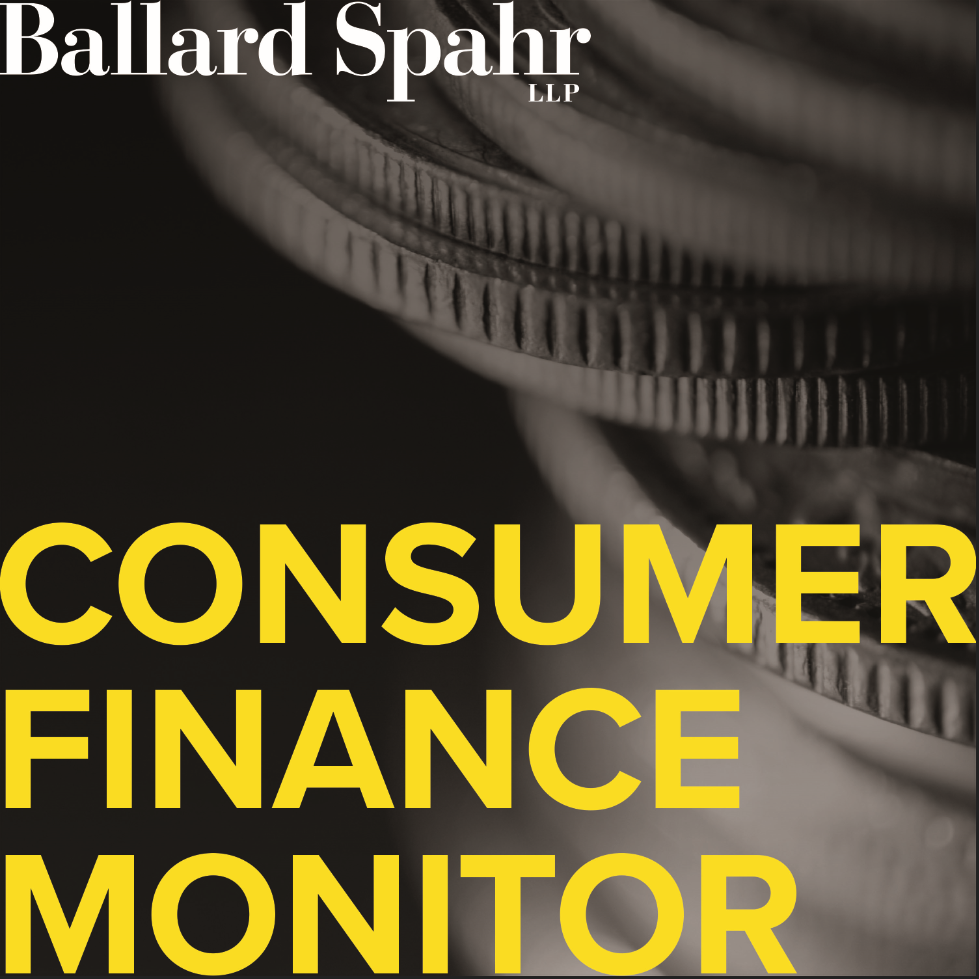
Legislating for the Future
The podcast show we are releasing today features Professor Jonathan Gould of University of California (Berkeley) Law School who discusses his recent article co-written with Professor Rory Van Loo of Boston University School of Law which was recently published in the University of Chicago Law Review titled “Legislating for the Future”. The introduction of the article describes “legislating for the future” as follows: Public policy must address threats that will manifest in the future. Legislation enacted today affects the severity of tomorrow’s harms arising from biotechnology, climate change, and artificial intelligence. This Essay focuses on Congress’s capacity to confront future threats. It uses a detailed case study of financial crises to show the limits and possibilities of legislation to prevent future catastrophes. By paying insufficient attention to Congress, the existing literature does not recognize the full nature and extent of the institutional challenges in regulating systemic risk. Fully recognizing those challenges reveals important design insights for future-risk legislation. During the podcast, we discuss the dynamics around enacting legislation through Congress that aims to increase the stability of the financial system and prevent financial crises. We discuss with Professor Gould about why passing this sort of legislation is so difficult and what Congress might be able to do about that. We consider the following questions: 1. What are the basic dynamics that make it so hard to pass financial stability legislation? 2. How does the structure of Congress affect the difficulty of passing financial stability legislation? 3. We have seen some big bills lately, like Biden’s Inflation Reduction Act and the big taxing and spending bill from Trump this year. Why is financial regulation harder to enact than these other types of legislation? 4. Has it gotten easier or harder over time to enact financial regulation? 5. What happens after financial stability legislation is enacted? 6. What can Congress do to enhance its capacity in this area? 7. What types of legislative drafting techniques are likely to be especially promising? 8. What role is there for federal agencies to play in augmenting congressional capacity? 9. What role is there for states or private plaintiffs to play in augmenting congressional capacity? 10. What relevance does this all have beyond financial regulation? 11. In light of the fact that the article was published before the 2024 election and change in administration are any of Professor Gould’s conclusions altered by more recent events? This podcast was hosted by Alan Kaplinsky, the founder and former chair for 25 years and now Senior Counsel of the Consumer Financial Services Group.
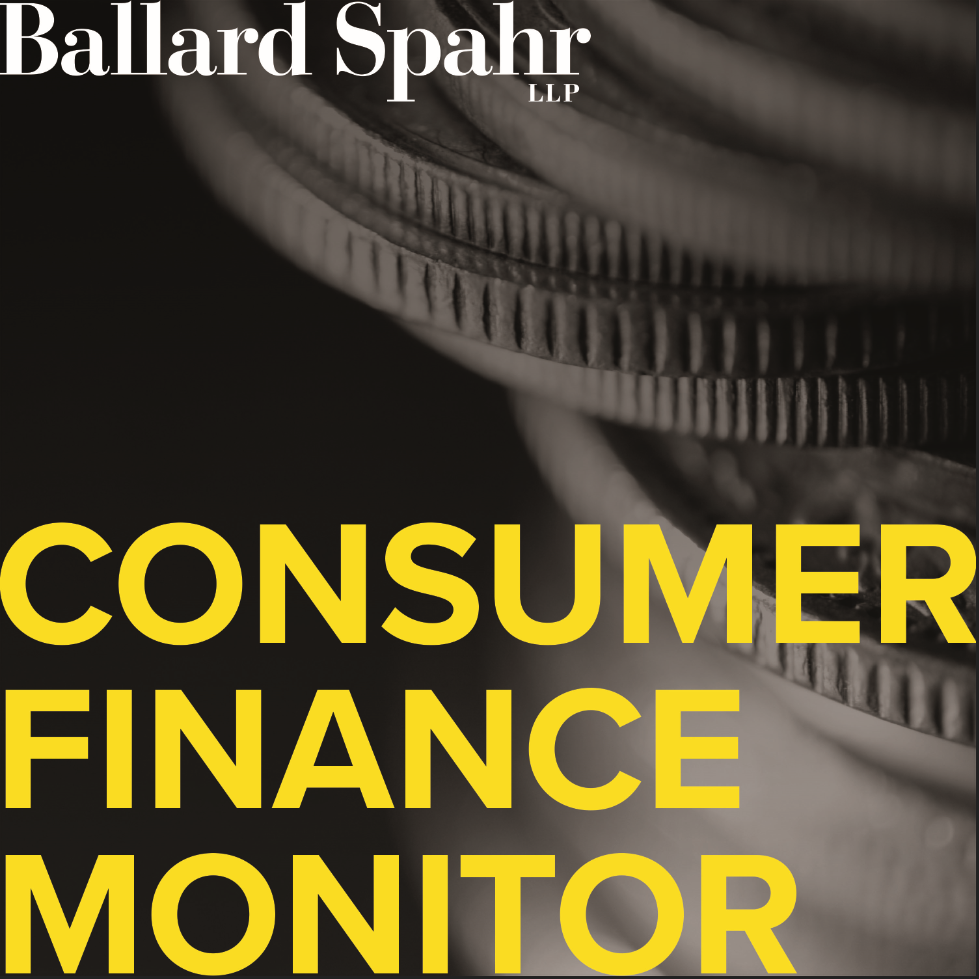
Can the President Remove Governors of Federal Independent Agencies Without Cause?
The podcast show we are releasing this week focuses generally on the so-called “Unitary Executive Theory” and specifically on the legality of President Trump firing without cause the Democratic Commissioners of the Federal Trade Commission and the members of other independent agencies, despite language in the governing statutes that prohibit the President from firing a member without cause and a 1935 Supreme Court opinion in Humphrey’s Executor holding that the firing of an FTC Commissioner by the President is unlawful if done without cause. Our guest is Patrick Sobkowski who teaches constitutional law, courts and public policy, and American politics at Marquette University. His scholarship focuses on constitutional and administrative law, specifically the administrative state and its relationship to the other branches of government. Our show began with an explanation of the “Unitary Executive Theory” which is defined as a constitutional law theory according to which the President has sole authority over the executive branch including independent federal agencies. It is based on the so-called “vesting clause “of the Constitution which vests all executive power in the President. The theory often comes up in disagreements about the president's ability to remove employees within the executive branch (including Federal agencies); transparency and access to information; discretion over the implementation of new laws; and the ability to control agencies' rule-making. There is disagreement about the doctrine's strength and scope. More expansive versions are controversial for both constitutional and practical reasons. Since the Reagan Administration, the Supreme Court has embraced a stronger unitary executive, which has been championed primarily by its conservative justices. We then discussed a litany of Supreme Court opinions dealing with the question of whether the President has the unfettered right to remove executive agency employees: a. Myers v. US (1926) b. Humphrey’s Executor (1935) c. Morrison v. Olson (1988) d. Seila Law (2020) We then discussed Trump’s removals of the Democratic members of the National Labor Relations Board and Merit Systems Protection Board and the Supreme Court’s opinion and order staying the lower court’s order that the removals were unlawful. In addition to casting doubt on the continued viability of Humphrey’s Executor, the Court included dicta to the effect that the logic of its opinion about the NLRB and the MSPB would not apply to the Federal Reserve Board because the Fed is not really an executive agency and that its functions are more akin to the functions performed by the First Bank and Second Bank of the United States. Alan Kaplinsky, the founder and former practice group leader for 25 years and now Senior Counsel of the Consumer Financial Services Group hosted the podcast. The podcast recording is here.
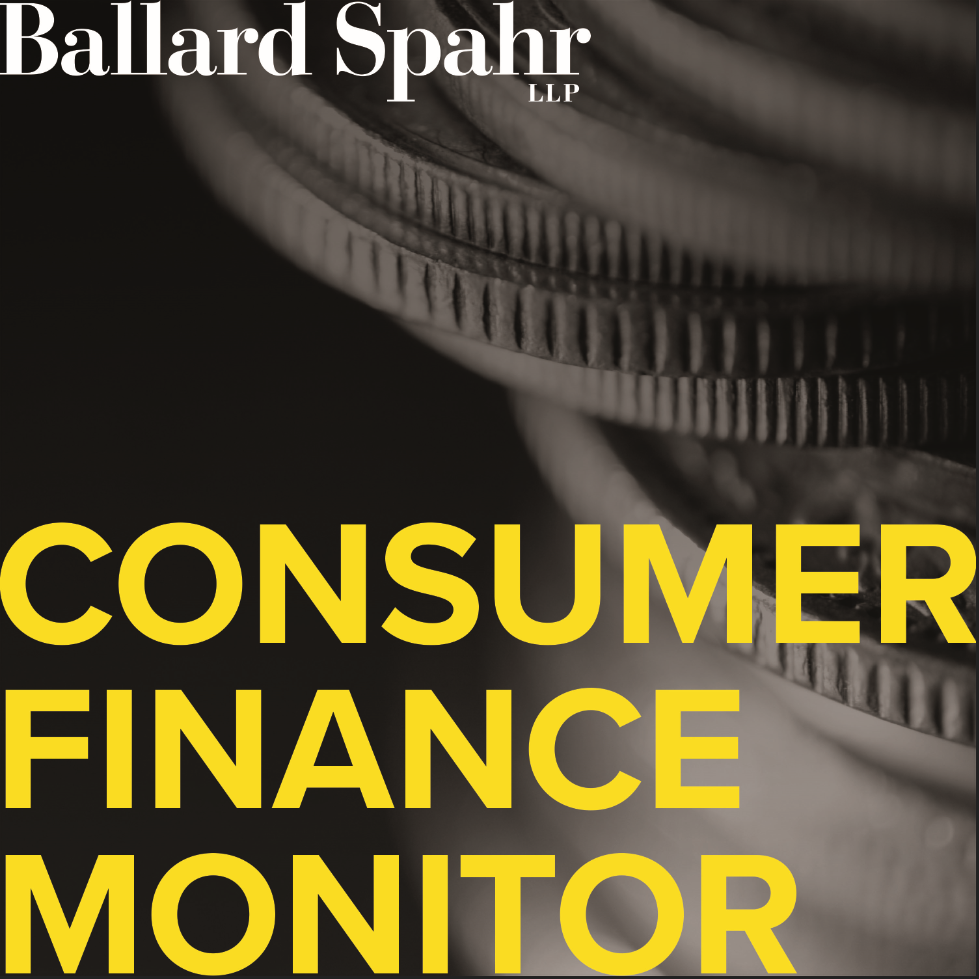
Aspen Institute Seems to be Making Great Strides in Fixing Our Online Scams Problem
The genesis of the podcast show we are releasing today was an article written by Nick Bourke titled “America Can Fix Its Scam Problem. But We Keep Gifting Billions to Transnational Criminals Because It Feels Too Hard” published on April 12, 2025 in Open Banker. We learned from that article about the great work being done by Aspen Institute’s National Task Force on Fraud and Scam Prevention. The purpose of the podcast is to describe the work of this Task Force The Aspen Institute states the following about the Task Force: Every day, criminals steal $430 million from American families, with total fraud proceeds reaching $158 billion annually. They are a critical funding source for transnational criminal organizations, fueling drug cartels, human trafficking, and terrorism. Fraud losses reported to the FBI increased 15-fold over roughly the last decade, and the rise of new technologies like AI has made scams more sophisticated and easier to perpetuate to harm American families. The Aspen Institute Financial Security Program launched the National Task Force on Fraud and Scam Prevention in 2024 to develop the first coordinated U.S. national strategy aimed at stopping financial fraud at its root. The guiding purpose of the Task Force is to bring together all parties with an interest in protecting consumers and restoring trust in our financial system. This is the first time such a broad collection of leaders from across government, law enforcement, private industry, and civil society are coming together to develop a nationwide strategy aimed at helping prevent fraud and scams. Our guests on this podcast are: Kate Griffin, Director of Programs, Aspen Institute Financial Security Program and Nick Bourke, Senior Policy Adviser, The Aspen Institute. Our guests covered the following topics: 1. What is the Aspen Institute's Financial Security Program and how did the Aspen Institute come to launch the National Task Force on Fraud and Scam Prevention? Who is participating in the Task Force? Why is such a cross-sector (industry, consumer advocates and government) very important? What is standing in the way of more robust, secure, cross-sector data-sharing today? 2. How big is the fraud and scams problem in the United States right now? How has it changed over time? 3. What are some of the implications of this problem? How should we be thinking about this beyond the consumer-level financial impacts? Where is all this money going, and what does that mean for our national security? How do fraud/scams compare to other forms of organized crime? Why is it so difficult for victims to recover their financial losses? Are there any efforts ongoing in Congress to alleviate this? Despite all the anti-fraud measures, educational resources, and even public media coverage, why do scammers still seem to be gaining ground? What are some of the biggest gaps or weaknesses in the U.S. system that scammers exploit? Are there promising models from other countries or sectors the U.S. can learn from? How is AI changing the landscape of scams — both in how they’re perpetrated and how we might stop them? 4. What's the right balance between imposing duties on companies and offering legal safe harbors so they're not afraid to act? 5. Some people still feel a stigma around sharing when they have been the victim of a scam. How do we shift the environment away from victim-blaming and toward support? 6. The Task Force is driving toward developing a "national strategy" for fighting fraud and scams. What are some of the necessary components to make this truly effective? What do you mean by the need for a "national front door for reporting”? 7. Consumer education has to continue playing a role here. What kinds of public awareness campaigns or interventions have proven effective? What kinds of leadership or investment are needed from Congress, the White House, or federal agencies? 8. Are there any incentives that could better align corporate interests around fraud and scam prevention? Are there examples of companies that are leading the way on this issue? 9. What are the Task Force's next steps? When should we expect to hear more about the national strategy that's coming together? Alan Kaplinsky, founder of and former Chair for 25 years of the Consumer Financial Services Group, hosted the podcast show.
Create Your Podcast In Minutes
- Full-featured podcast site
- Unlimited storage and bandwidth
- Comprehensive podcast stats
- Distribute to Apple Podcasts, Spotify, and more
- Make money with your podcast


